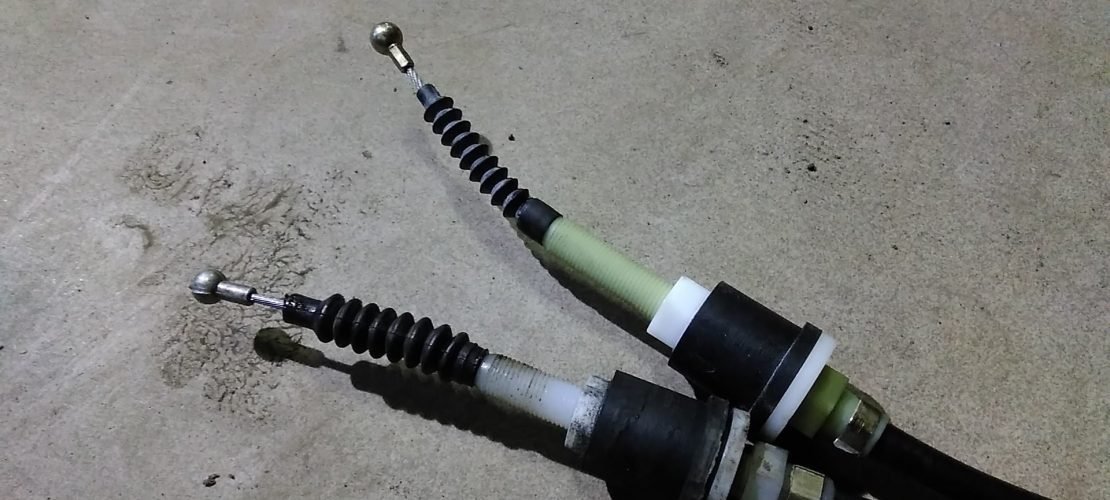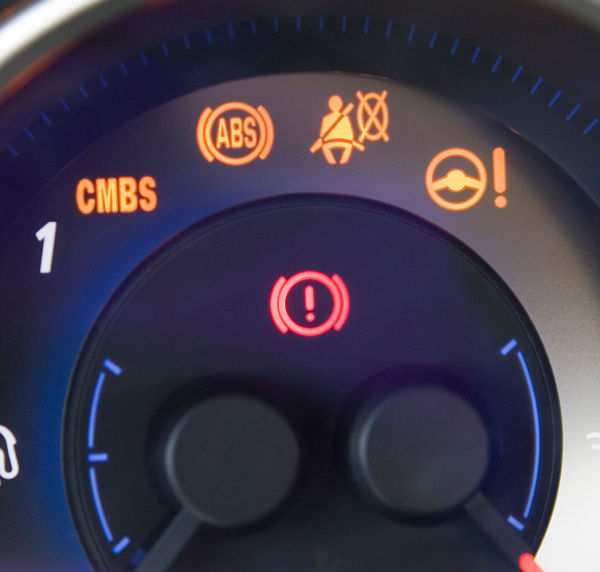
Symptoms of a Bad or Failing Clutch Cable Adjuster
Common symptoms include difficult disengagement, a loose clutch pedal, and an overtightened clutch cable.
The clutch cable adjuster is the mechanism responsible for adjusting the slack and tension of the clutch cable on manual transmission vehicles. It is important to properly adjust the clutch cable to the desired slack so that the clutch pedal effectively disengages the clutch disc when pressed. If the clutch cable is loose, the slack will cause the cable to not fully extend when the pedal is depressed, causing problems disengaging the clutch. Usually, a bad clutch cable adjuster causes several symptoms that may alert the driver to service.
1. Difficult clutch disengagement
One of the first symptoms usually associated with a bad or defective clutch cable adjuster is a difficult clutch disengagement. If the cable is not adjusted correctly or there is a problem in the mechanism, it may cause the pedal to retract the cable less than normal. This will reduce the overall cable and linkage travel of the clutch, which can cause the clutch to disengage poorly even when the pedal is fully depressed. This can cause a grinding noise when shifting and also a transmission that cannot stay in gear.
2. Loose clutch pedal
Another sign of a problem with the clutch cable adjuster is a loose clutch pedal. A broken or misadjusted cable can cause excessive slack in the clutch cable. This will cause the pedal to have too much free play when pressed before resistance is encountered and the cable will begin to retract, resulting in the clutch not disengaging properly or fully. This can cause the transmission to squeal when shifting gears or to suddenly disengage a gear.
3. Too tight clutch cable
An overtightened clutch cable is another sign of a possible problem with the clutch cable adjuster. If the adjuster sticks or is adjusted too tight, it will cause the clutch to disengage slightly all the time, even if the pedal is not depressed. This will cause accelerated wear on the clutch disc and shorten its life.
Most clutch pedals require some amount of free play adjustment, and if adjusted incorrectly, there will be problems engaging and disengaging the clutch. For this reason, if you suspect that your vehicle's clutch cable needs to be adjusted, or that there may be a problem with the mechanism, have your vehicle's clutch checked by a professional such as AvtoTachki to determine if the vehicle needs a clutch cable. regulator replacement.

One comment
toro tiberius
Bought self-adjusting TRW clutch cable according to car VIN with the same lengths as the old one. After cold installation, it went into all gears. When starting the engine and putting it in 1st gear, there was a roar and it didn't go into any gear at all. The old cable was put back in and everything was working normally. The new cable was put on again, but compared to that friction noise that had now disappeared, it entered the gears but did not disengage. It was suspected that the cable was defective on the self-adjustment side and it was returned. At the moment I am using the old old cable but still with the change of clutch kit I want to replace the cable as well (a new one). The symptoms that caused me to change the kit + cable is that after an interval of about 3-4 days I was left with the pedal left on the floor. Car Citroen Xsara Coupe (petrol-109hp-2005).